 Welcome to Part 2 of my series for new writers, Writing 101! Miss Part 1 on the Fundamentals of Story? You can catch up here. Ready for Part 3? Click here to learn how to create a successful hero and villain!
Welcome to Part 2 of my series for new writers, Writing 101! Miss Part 1 on the Fundamentals of Story? You can catch up here. Ready for Part 3? Click here to learn how to create a successful hero and villain!
This week, I’m providing you with a handy resource of all the terms you need to know to be novel savvy. This epic glossary of writing terms has a grand total of 74 entries (okay, so I might have gone a little overboard, don’t judge).
Don’t know the difference between a protagonist and an antagonist? Not sure what a hook is? Do you think a trope is a type of fish? Do you think you catch a trope on a hook? (Bless you, if you do). Read on to demystify all those puzzling writing terms!
BONUS: Because I’m awesome, I’ve created a PDF of this glossary you can click here to download and print for handy reference. Hooray!
Glossary of Writing Terms for Novelists
Active Voice: when the subject of the sentence performs the action, rather than being acted upon (Ex. “He kissed her” rather than “He was kissed by her”).
Antagonist: the villain of the story; the opposition to the hero.
Anti-hero: a dark hero who is riddled with flaws instead of the positive, noble traits we come to expect from heroes (Ex. Han Solo, Wolverine, Jack Sparrow).
Archetype: a recurring type of character in fiction found across multiple cultures, such as a trickster, mentor, healer, etc. (Ex. Yoda, Haymitch, and Dumbledore are all mentor archetypes).
Backstory: the details and background about a character’s past.
Beta Reader: someone who reads a writer’s story and provides them with feedback before publication.
Beat: the thoughts and actions of a character which comprise a scene. Often used between lines of dialogue for dramatic pause and to increase the emotion/tension of a scene.
Cardboard Character: a character who hasn’t been developed to feel realistic or like a unique individual.
Character Arc: the character’s inner journey throughout the story, and how they transform in some way by the end. Can either be a positive change or a negative change.
Character Trait: characteristics, behaviors, and attitudes that create a character’s personality. Can either be positive or negative (Ex. Brave, pessimistic, honest, loyal, greedy, stubborn, etc.).
Character Quirk: a strange/interesting behavior, habit, hobby, or mannerism.
Characterization: the act of creating the specifics of a character such as traits, quirks, backstory, goal, etc.
Cliche: something that has been overused. In fiction this can mean a phrase, plot, character type, or dialogue.
Climax: the height of the story’s action before the ending. The final conflict where it is decided whether or not the hero will win and achieve his goal.
Conflict: any opposition that keeps a character from getting what they want. The main conflict of a story is that between the hero and villain.
Deep Point of View: a style of writing that strives to bring the reader deep into the hero’s head by eliminating “evidence” of the author’s hand such as speech tags, words like “felt,” “wondered,” and “thought,” and using more of the hero’s voice in the writing.
Denouement: the ending of a story where any loose ends are tied and all questions are answered.
Dialogue: the spoken conversation between characters, signaled by quotation marks.
Dialogue tags: the verb after a line of dialogue that signals how it is being spoken and who is speaking (said, exclaimed, shouted, asked, etc.)
Epilogue: a section after the main ending of the story that reveals what happened to the characters afterward.
External Conflict: the struggle between the hero and an outside force such as nature or the villain.
Falling Action: when the story begins to slow down after its climax as it heads into the ending.
First Person: when the character uses “I” to tell the story (Ex. I walked along the bridge at noon).
Fleshing Out a Character: the act of creating a realistic character with traits, quirks, backstory, goal, etc. (See also, Characterization).
Genre: the type of story (Fantasy, Historical, Romance, Science Fiction, etc.)
High Concept: a story with a unique or fresh premise that grabs attention and appeals to a large audience.
Hook: the first sentence of your novel, designed to grab the reader’s attention and arouse curiosity.
Info Dump: when the writer reveals a large amount of information or backstory all at once instead of spreading it out.
Imagery: descriptive, visual writing that often uses figurative language such as similes or metaphors.
Inciting Incident: the event that is the cause of the story. Without this event, no story would follow. (Ex. Katniss’ sister getting chosen at the reaping is the inciting incident of The Hunger Games).
Internal Conflict: the struggle of the hero against his own self. (Ex. a struggle against a fear, flaw, or vice).
Manuscript: a term used to refer to an unpublished novel.
Minor Character: characters who appear in the story but don’t play a large or significant role (Ex. Prim and Cinna in The Hunger Games).
Mood: the emotion a scene evokes in the reader.
National Novel Writing Month (NaNoWriMo): an annual contest held during the month of November in which participants try to write a 50,000 word novel in 30 days.
Narrative: the written events of the story, as told by the viewpoint character in either first or third person.
Narrator: the person telling the story, either in first or third person.
Novel: a written work over 40,000 words in length.
Novella: a written work between 17,500-40,000 words in length.
Omniscient Point of View: a point of view where the narrator is god-like in that he knows the thoughts, feelings, secrets, backstories, etc. of all other characters and reveals them to the reader.
Pantsing: the act of writing a novel “by the seat of your pants” without any planning.
Passive Voice: when the subject is acted upon, rather than performing the action (Ex. “He was kissed by her” rather than “He kissed her”).
Plot: the events that unfold in a story as the hero overcomes obstacles to try to achieve his goal, and how he changes along the way.
Plot Device: an object or character that moves the plot forward. Can sometimes be created in a way that feels too deliberate and unrealistic.
Plot Hole: an inconsistency, contradiction, or issue with the plot that makes it illogical or unbelievable.
Plot Point: 1) a significant event that moves the story forward; 2) a turning point; 3) the two moments of action and/or decision that lead from Act 1 into Act 2, and from Act 2 into Act 3 in a story.
Premise: a story’s main idea or concept (Ex. The premise of The Hunger Games is 24 teens forced to fight to the death in a televised event).
Prologue: events that take place before the main story, but have a significant connection to or impact upon the main story so that it is important for the reader to know them.
Point of View (POV): the perspective of a certain character who is telling the story.
Prose: ordinary, written language without rhyme or meter (Ex. What you’re reading right now is prose).
Protagonist: the hero of the story.
Purple Prose: writing that tries too hard to be descriptive, and in doing so overloads the reader (Also called flowery prose).
Rising Action: the events of the story leading up to the climax.
Secondary Character: characters who appear in the story but don’t play a large or significant role (Ex. Prim and Cinna in The Hunger Games).
Scene: a single event that takes place in a single setting in a set amount of time. A story is made up of many scenes.
Scene Break: the writer’s way of signaling a change in scene to the reader by leaving a blank line between the scenes or three asterisks centered in the page. The break signals a passage in time and/or a change in setting.
Setting: the place where the story and scenes occur.
Stakes: the consequences or reward for the hero’s success or failure of their goal.
Stereotype: a flat, undeveloped character that focuses on a single widely perceived trait or misconception associated with them
Subplot: a mini storyline in addition to the main plot. (Ex. The romance between Katniss and Peeta is a romantic subplot while the Hunger Games is the main plot).
Subtext: the underlying meaning in writing or dialogue that is hinted at but not plainly expressed.
Suspension of Disbelief: the willingness of the reader to set aside their judgement and believe the story they are being told.
Synopsis: a summary of the novel’s events, including its ending.
Tone: the attitude the writing expresses (Ex. Could be sarcastic, pessimistic, cheerful, etc.).
Theme: what your story is trying to say/prove about a topic (Ex. Love conquers all, the strong will always crush the weak, etc.).
Three Act Structure: the most common structure for plotting a story, with Act I representing the beginning, Act II the middle, and Act III the end.
Three Dimensional Character: a character who is realistic and has dimension like a real person.
Trope: another term for a cliche
Twist: an unexpected revelation or turn of events in a story.
Two Dimensional Character: a character who is flat and doesn’t feel real, and seems only to exist in the confines of the page.
Voice: the expression of the writing through the narrator, revealing their thoughts, opinions, and attitudes.
Word Count: how the length of a novel is measured. (The type of font, font size, line spacing, and page margins can all vary, which can add to or subtract from the number of pages. Word count doesn’t lie and is always accurate).
Word Sprint: a 30 minute writing session in which the participant writes as fast as they can.
World Building: the act of creating a world so that it resembles our own with details such as culture, government, geography, politics, religion, etc.
Phew! You made it! Did I miss anything you think should be in this glossary of writing terms? Let me know in the comments!
p.s. Don’t forget to check out Part 3 in the series, Creating a Successful Hero and Villain!










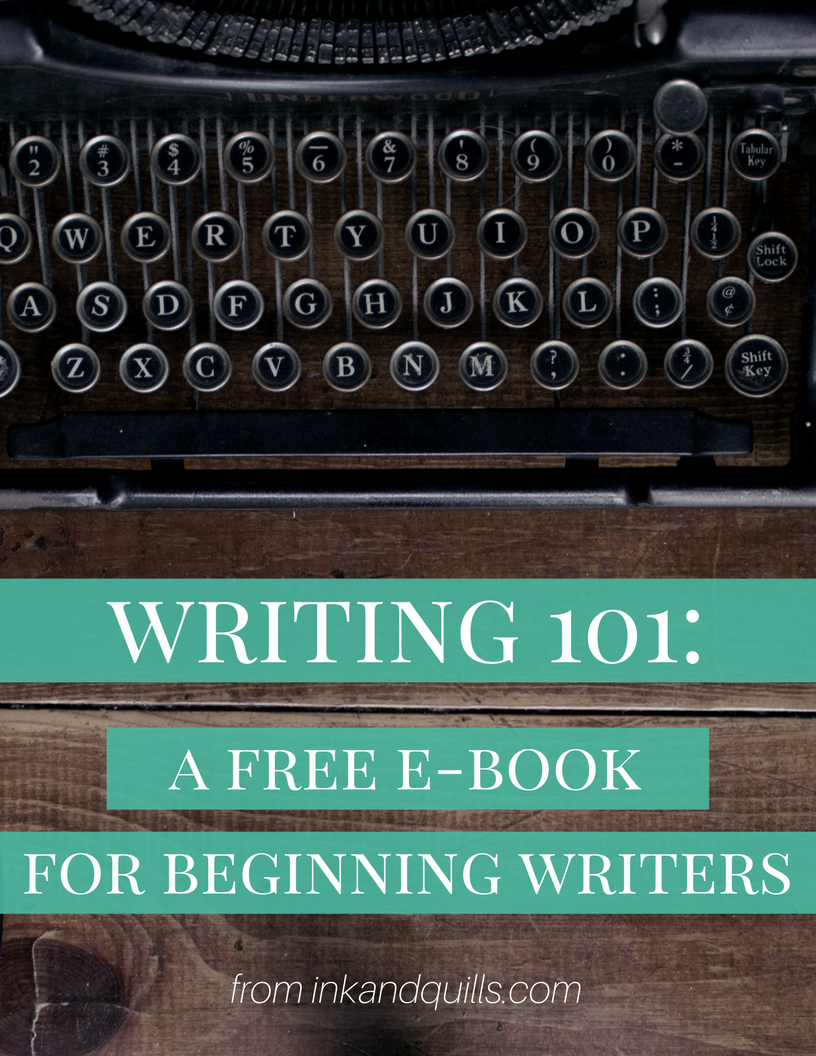

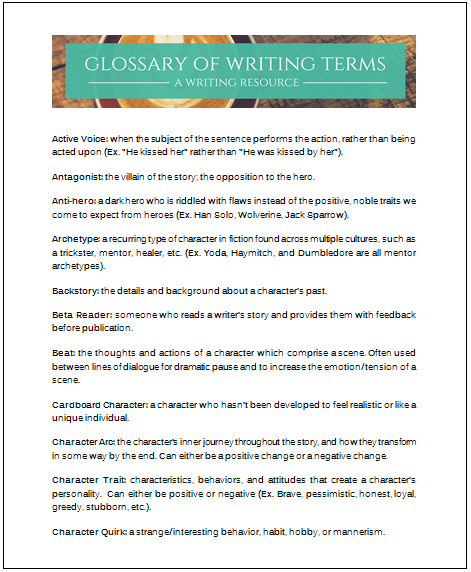

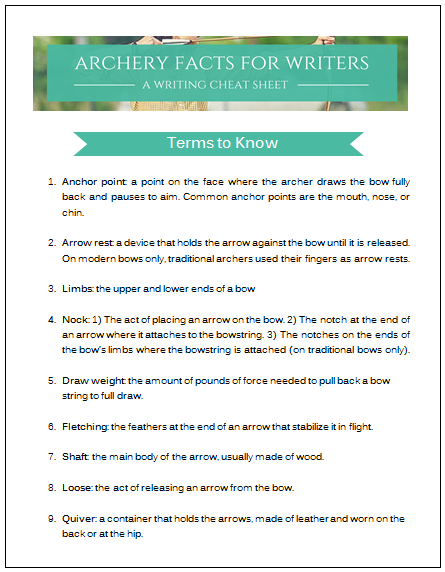



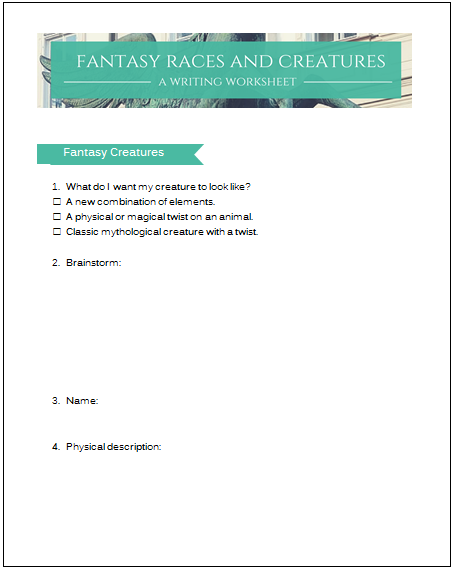


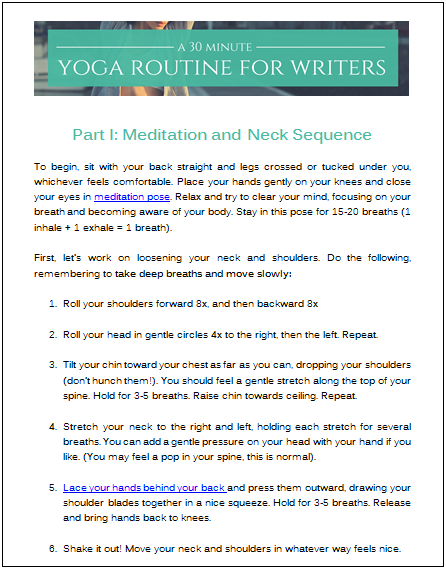
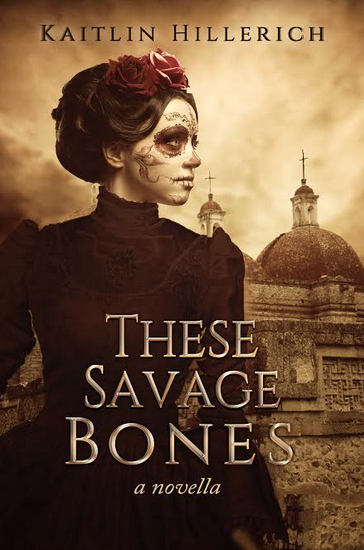
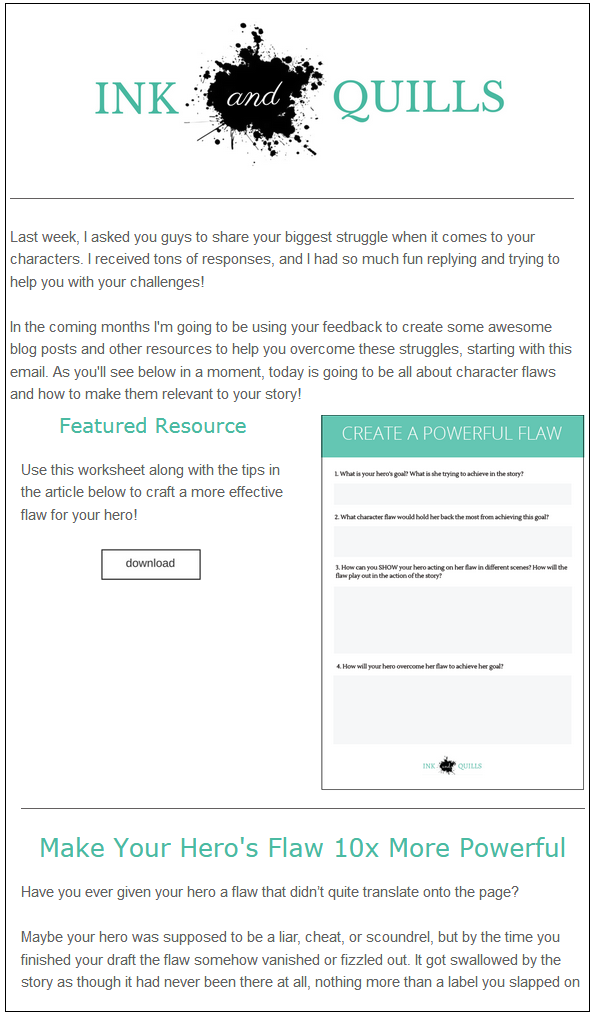
This is such a great article, Kaitlin! I know a lot of beginning writers (and even some more seasoned ones!) will really benefit from this. I’m going to have to share it with my mom, because she teaches writing. =)